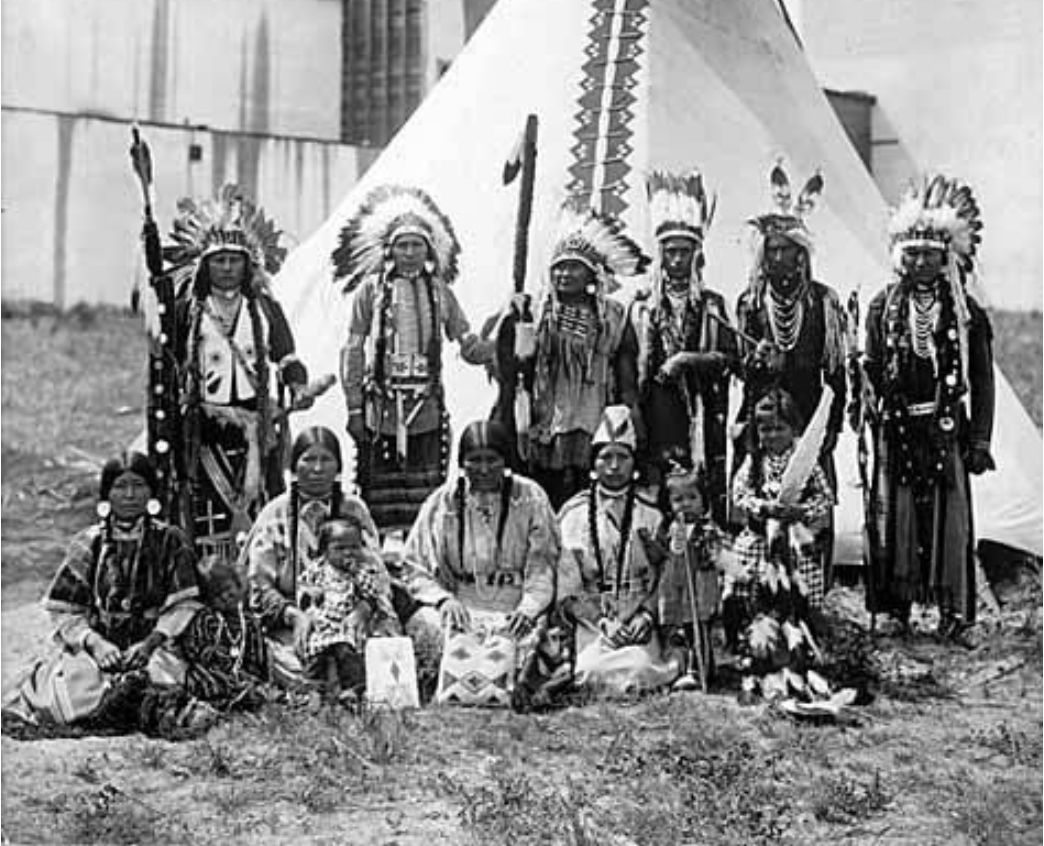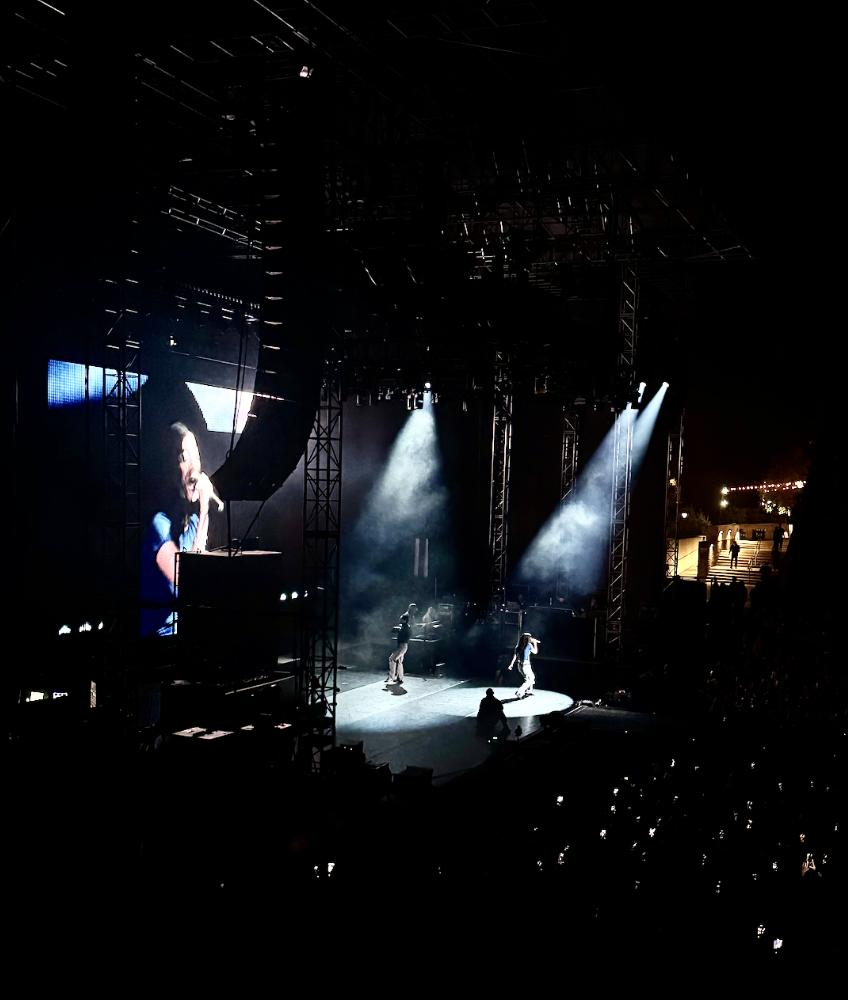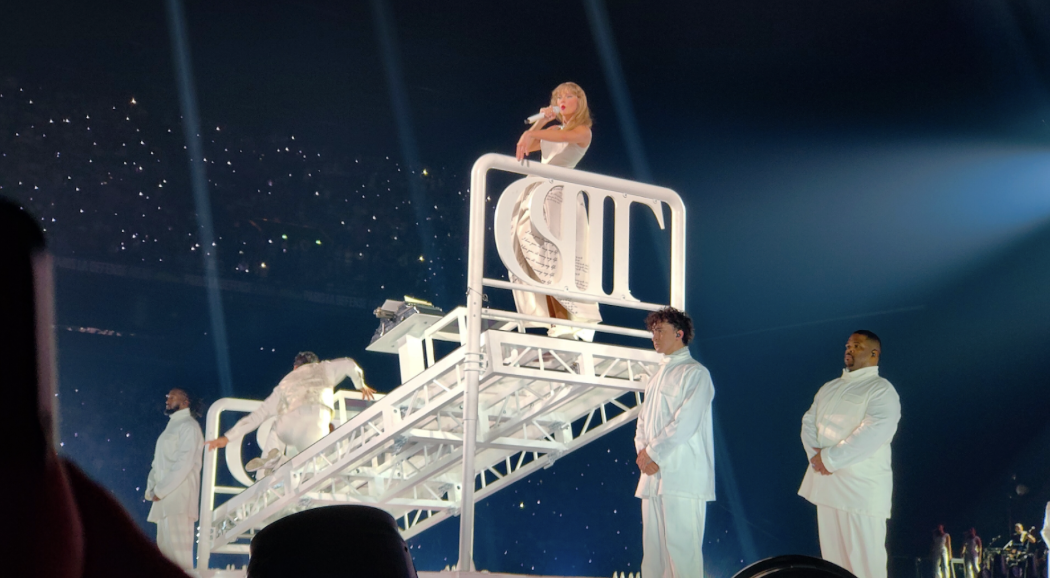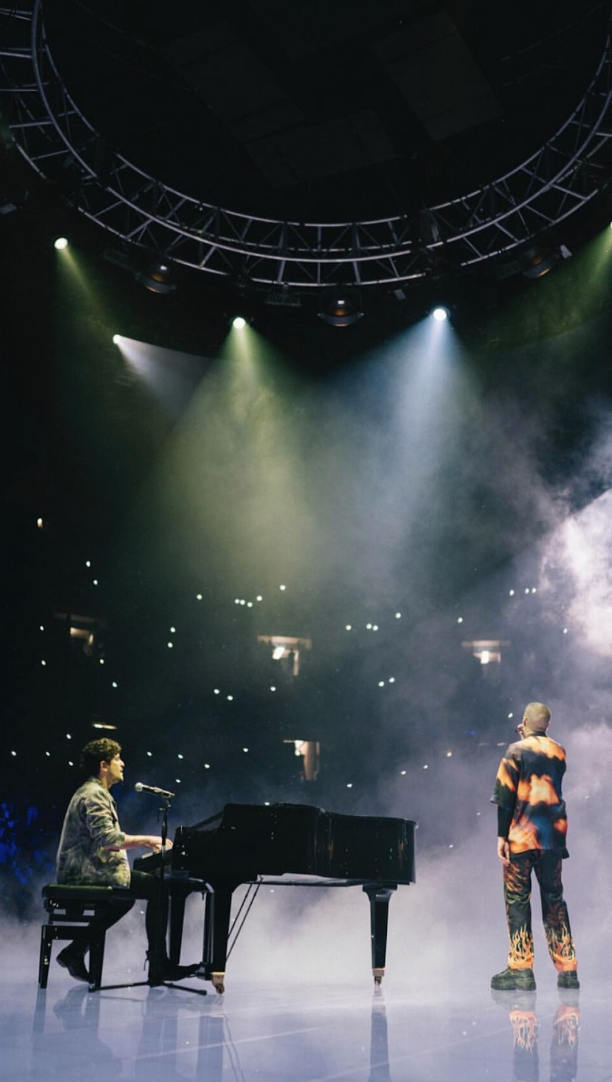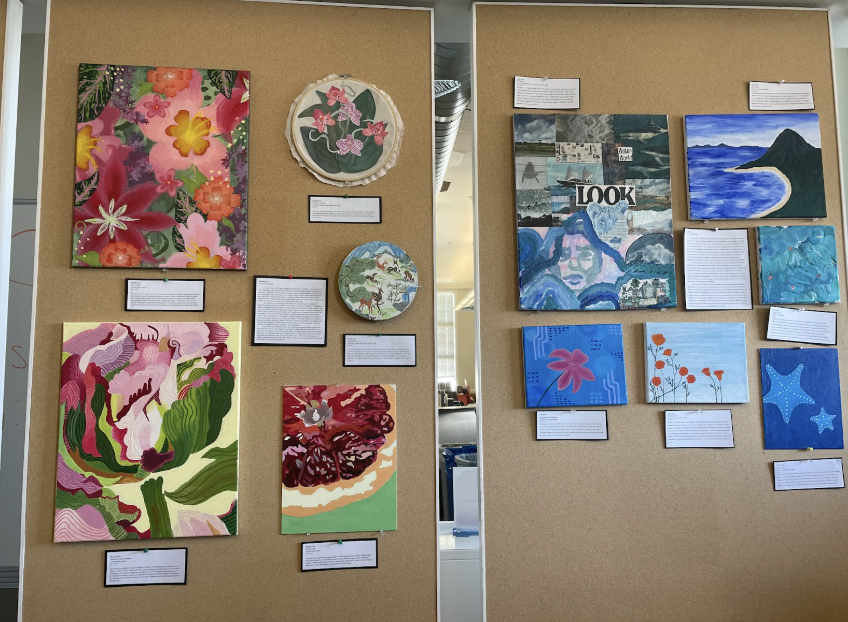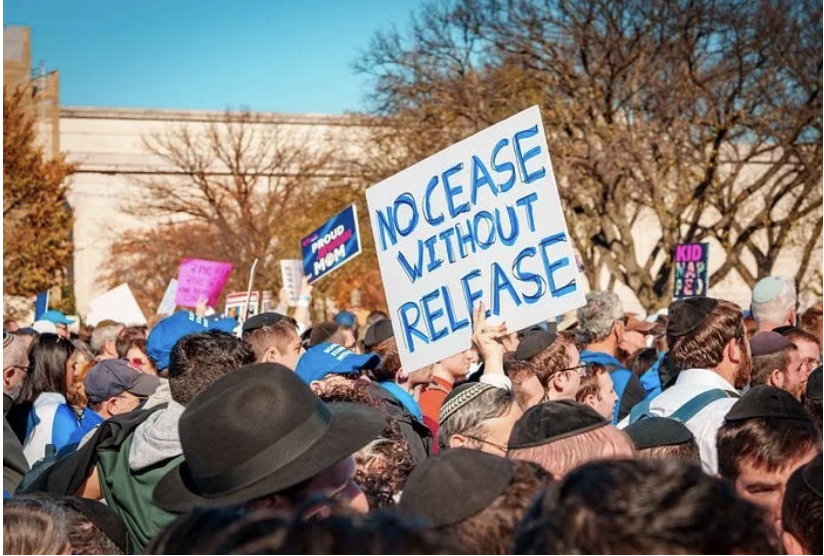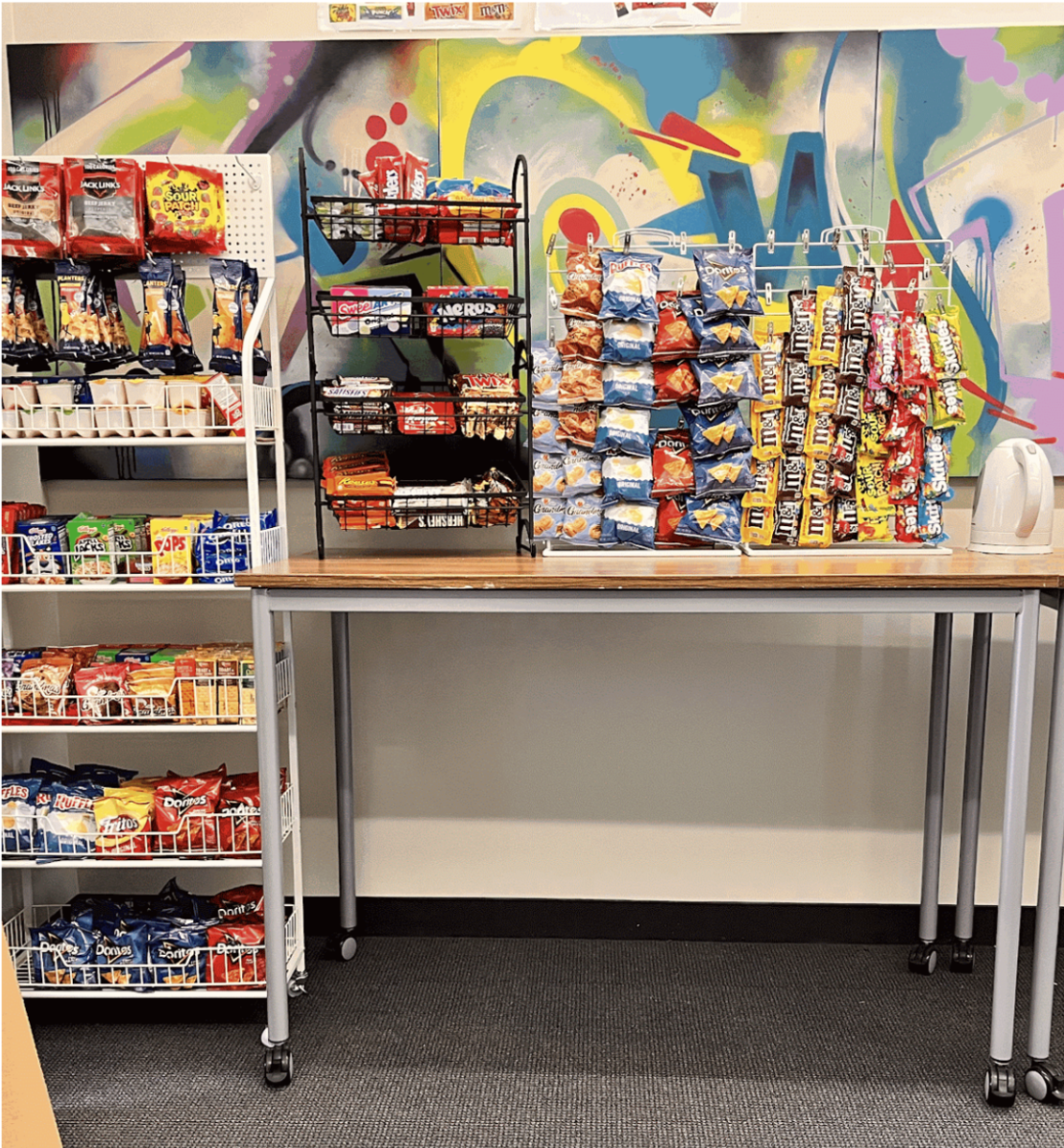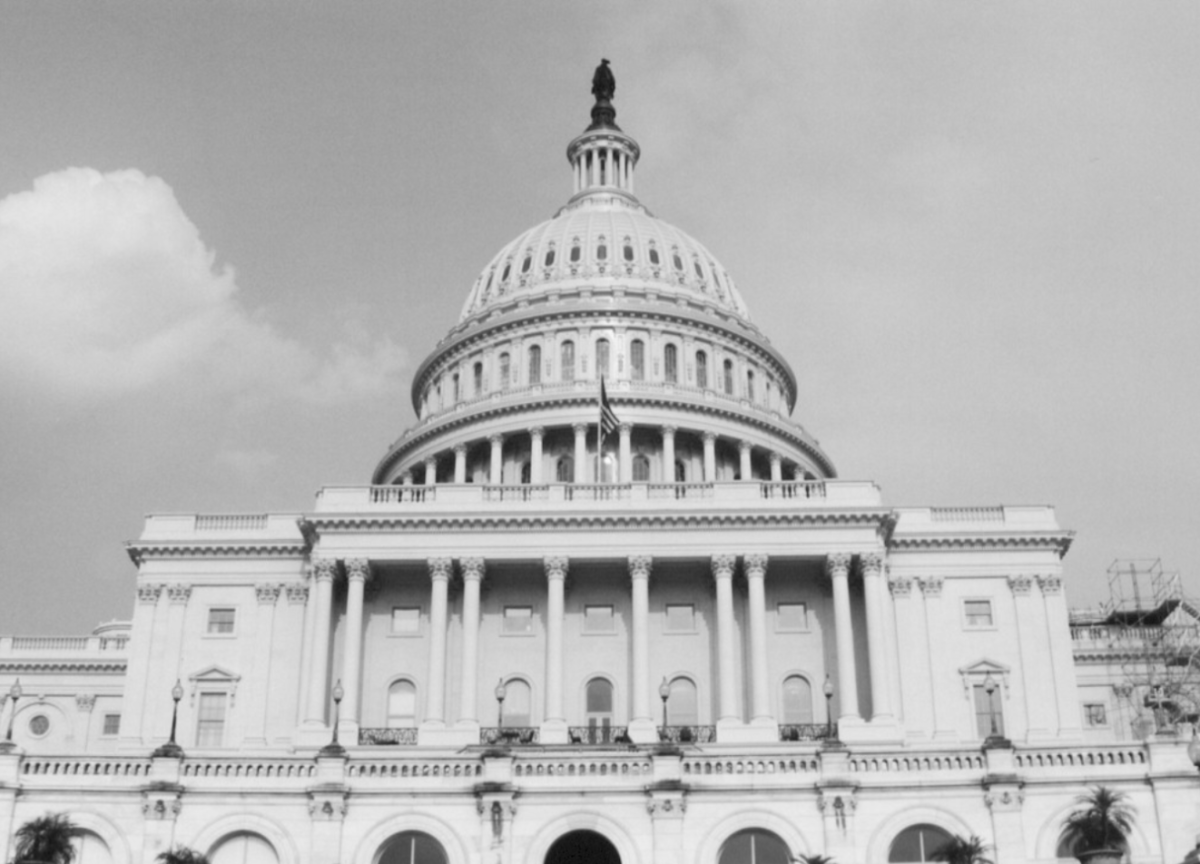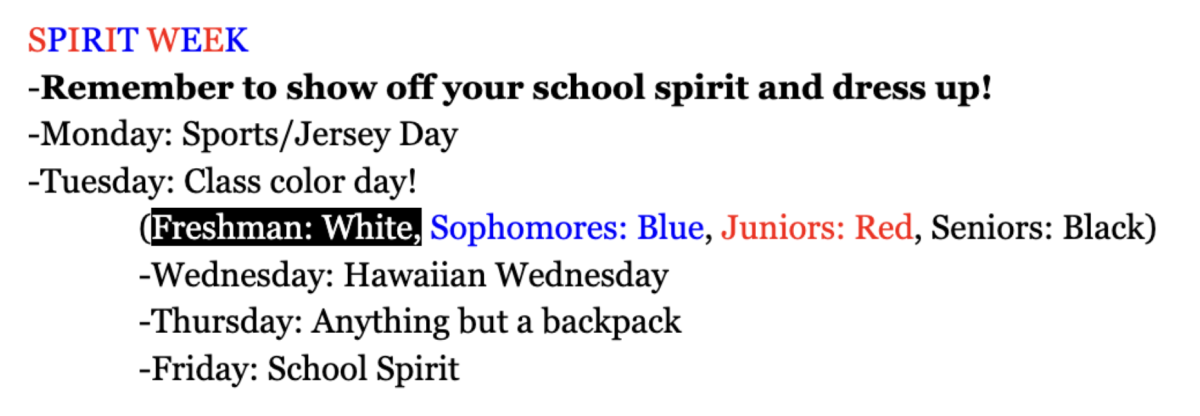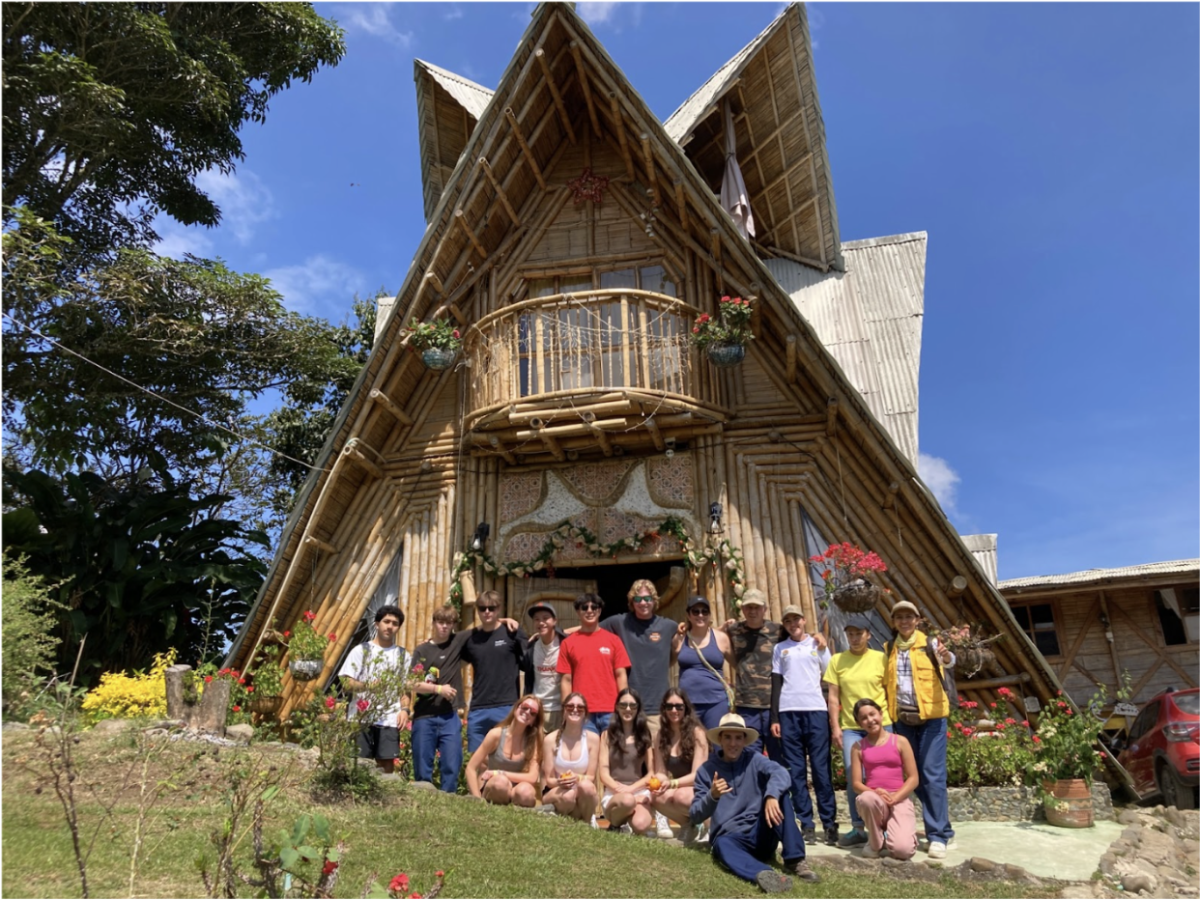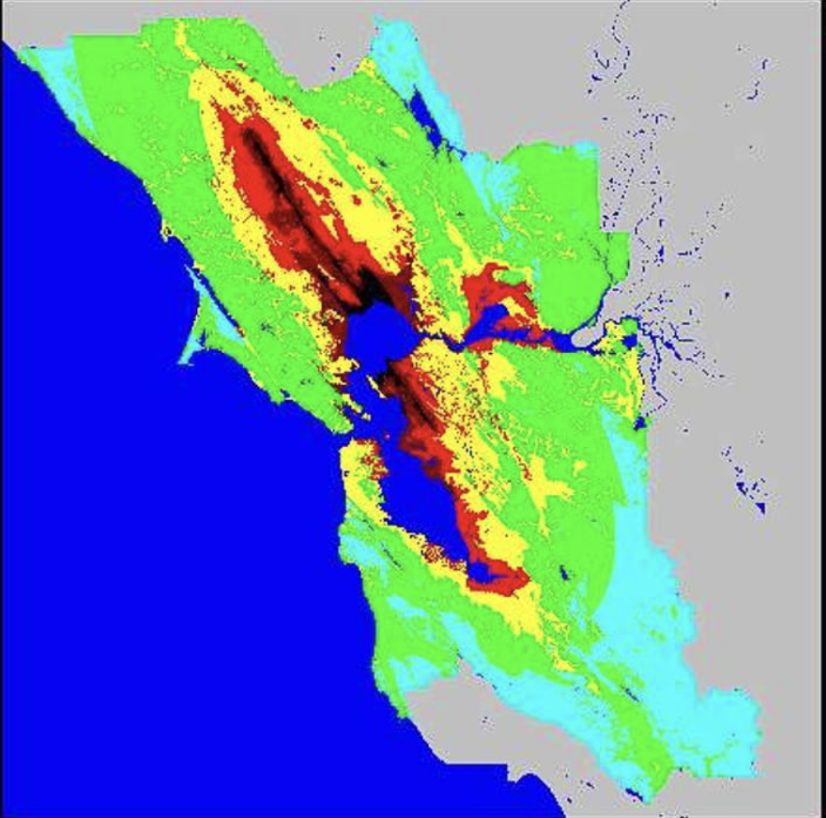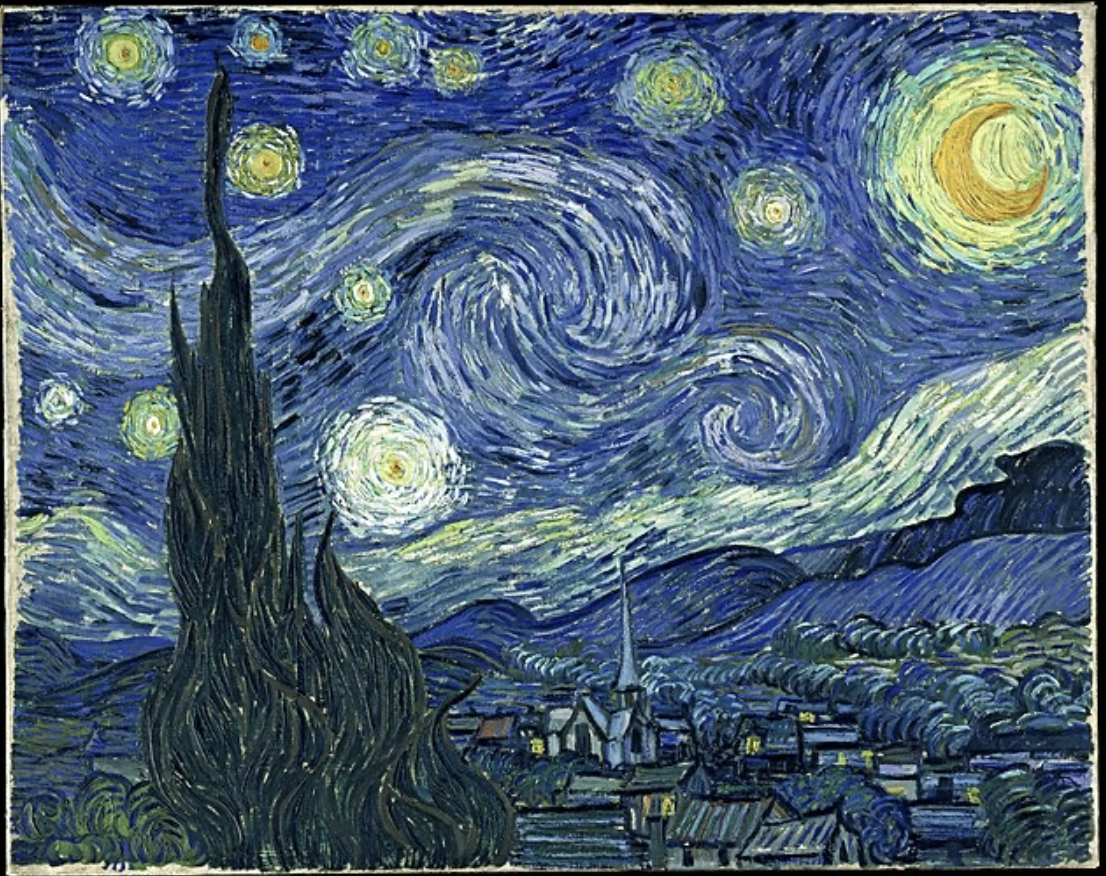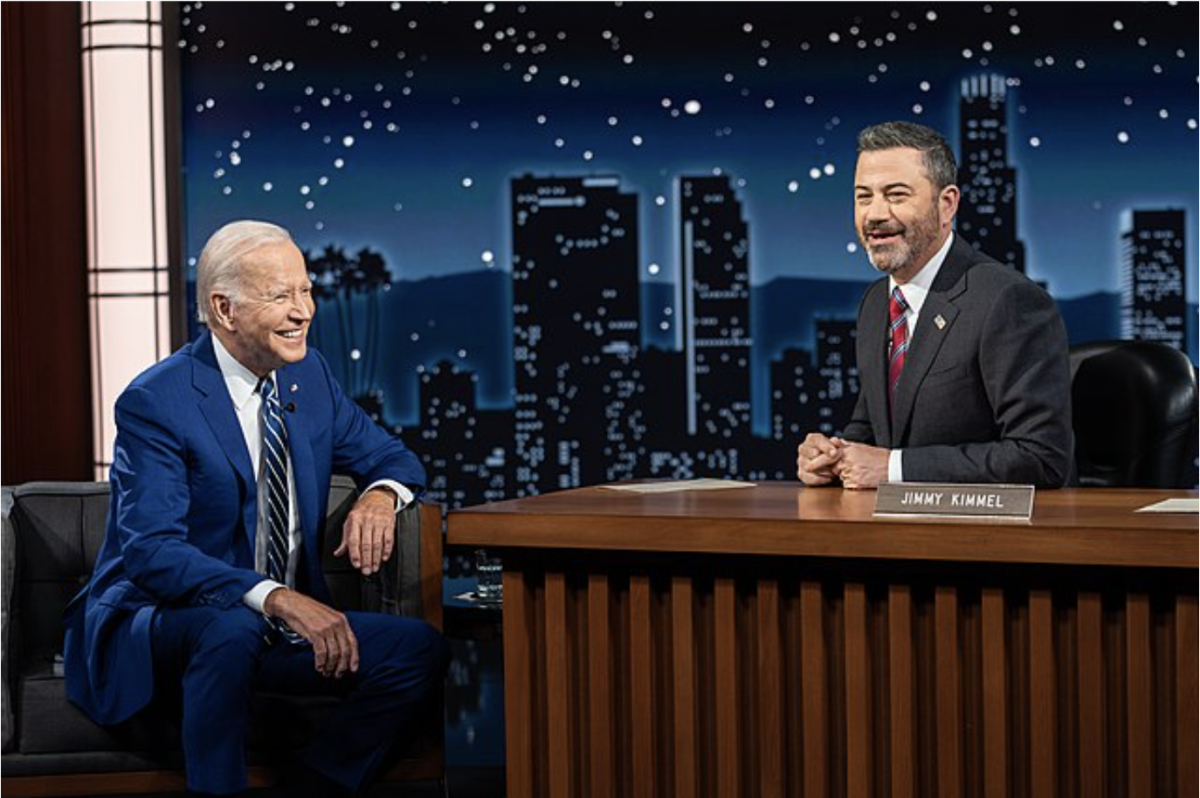Indigenous clothing is taking its place in the modern fashion vocabulary, making itself known at New York Fashion Week (NYFW) and the Parsons MFA show. The influence of native designers has been long overlooked, and this season’s appearance may be the catalyst needed for change.
There are aspects of indigenous fashion that are irreplaceable, as each tribe contains specific clothing that goes to express background, be a part of ceremony, and be used in other lasting traditions. Though this is true, the artistic influence of native wardrobe is undeniable, with textile weavings, patterns, and cultural beadwork making their way into the high fashion industry with little to no reference.
“It’s important to represent native cultures because fashion is for everyone.” sophomore Gigi Compaglia said. “If we just see one specific culture’s fashion and history, the modern picture of art will be diluted by confusion,”
Fashion centrals have rarely given native designers the opportunity to exhibit their work, but the recent showcases this Sept. foreshadow a shift that must be recognized. For years, global brands have sold garments of indigenous influence under the labels of “bohemian”, “folk” or “ethnic”, removing all recognition from the origins of the designs. In an interview conducted by Atmos, executive and artistic director of Indigenous Fashion Arts (IFA) stated that “The money is not going back into our communities; it’s going to people who have lots of money, who are our oppressors and colonizers.” The disrespect and misinterpretation of indigenous designs throughout fast and high fashion is a representation of modern colonialism that continues to normalize cultural theft and appropriation.
“Generally speaking, when it comes to cultural appropriation versus representation, it’s important that you respect the culture being portrayed,” ethics and religion teacher Clint Hackenburg said. “Ideally, I want a person who is part of that group to speak on behalf of their culture. However, I don’t think that because I am not of a certain culture, I should not have an opinion on it. Everyone can participate in the culture as long as a person of that heritage is involved.”
The history of indigenous fashion has been anything but smooth, but NYFW’s recent showcase of designer Jamie Okuma may be the key to bringing native fashion into its rightful place. As NYFW’s first Native American designer to be inducted into The Council of Fashion Designers of America (CFDA), Okuma’s talent was a highlight of the show. It was followed by artist Jontay Kahm’s showcase in the Parsons MFA show, reflecting the immediate influence of diversity and native presence.
“The showcase of an indigenous artist creates a wider perspective for the world,” senior Francesca Lauterbach said. “Especially in today’s media and the fashion industry, diversity in viewpoints is really important.”
Despite the controversy, the importance of indigenous representation remains consistent throughout fashion and the rest of the modern world. The presence of native designs in establishments as prominent as NYFW is a call to action for every community. Making the world aware of unaltered indigenous culture is the first step to giving native identity the appreciation it deserves. Respecting and bringing light to the significance of Native American tradition is crucial for depth and diversity in modern society.
“Overall, Native American culture has not been referenced well and has been labeled as something it’s not,” Compaglia said. “In the grand scheme of things, this misrepresentation takes away from the tradition and beauty of indigenous heritage.”



